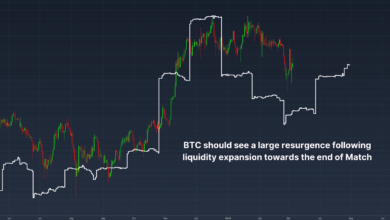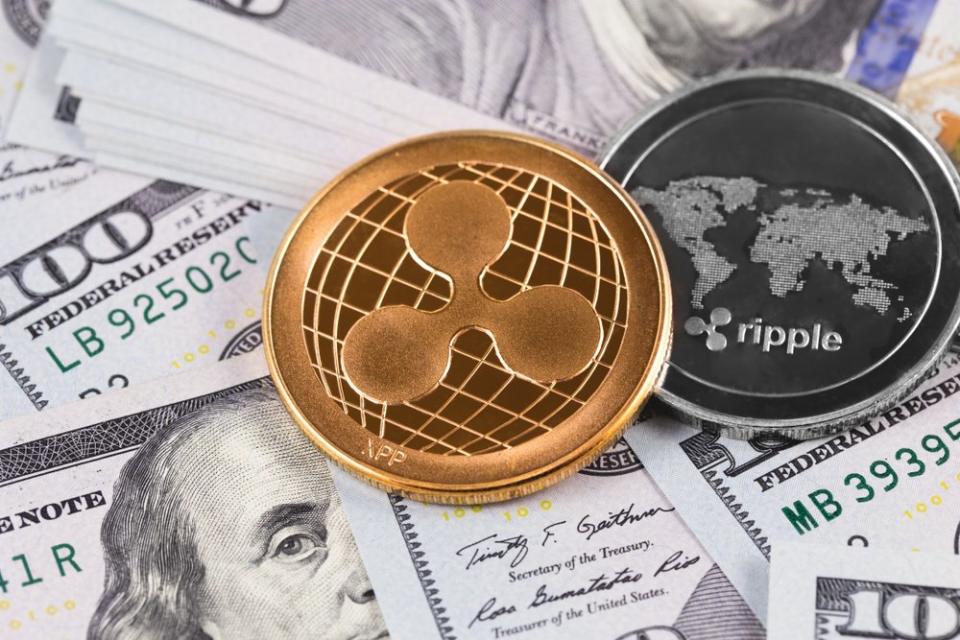
Bitcoin’s $200 Trillion Market Potential and Institutional Embrace
Bitcoin’s market potential is moving from a speculative investment to a fundamental part of institutional finance as the scene of digital assets develops. As digital gold in an increasingly unstable monetary environment, a rising number of companies are shifting their treasuries to include Bitcoin, seeing its special value offer.
Leading this change is senior cryptographer Adam Back, CEO of Blockstream, who just projected a $200 trillion Bitcoin market potential value by 2032, therefore indicating what may be the most drastic financial realignment in contemporary history.
Corporate Embrace of Bitcoin
Though its path over the past ten years has been nothing less than impressive, Bitcoin’s market potential trip started with mistrust and anonymity. Initially a fringe digital currency preferred by libertarians and technophiles, it is now under scrutiny by Fortune 500 businesses, hedge funds, sovereign wealth funds, and even national governments.

2020 saw one of the most dramatic changes when MicroStrategy, under CEO Michael Saylor, declared the company would be mostly depending on Bitcoin as its treasury reserve asset. This innovative action signaled the start of a trend whereby companies are funding Bitcoin as a hedge against geopolitical uncertainty, currency devaluation, and inflation.
Companies like Tesla, Square (now Block), and many institutional investors have followed suit since then. With nearly 3% of all Bitcoin currently housed in company coffers, corporate Bitcoin holdings have skyrocketed over 500% since 2020. From a high-risk investment to a long-term store of value, this points to a definite change in Bitcoin’s view.
Bitcoin’s Bold Future
A key player in Bitcoin’s past and creator of the Hashcash algorithm—which motivated the proof-of-work mechanism—Adam Back has never held back on audacious forecasts. Back created waves recently by projecting that the market capitalization of Bitcoin may reach $200 trillion by 2032, therefore determining the price of one coin—$10 million.
Back’s estimate is based on the past performance of Bitcoin, not wild conjecture. Bitcoin has grown at an average annual rate that would make even the most hopeful tech equities pale since its introduction in 2009. Notwithstanding instability, its long-term tendency has proven resilience and exponential expansion.
Back claims that even at a slowed-down rate, the $200 trillion number is within reach if Bitcoin keeps doubling in value annually. But this future depends on more general acceptance, scalability gains, and Bitcoin solidifying itself as a universal store of value—akin to or even better than gold.
Bitcoin’s Future Infrastructure
Bitcoin must change technologically if it is to support a worldwide financial system—one worth hundreds of trillions. Back stresses the need for scaling solutions to effectively manage rising transaction volumes, such as sidechains and the Lightning Network.
Sidechains let assets be moved from the main chain of Bitcoin to another chain where transactions might be handled faster and less expensively. Concurrently, the Lightning Network allows quick, cheap transactions that might make Bitcoin practical for daily use without taxing the main blockchain.
A $200 trillion market might suffer significant congestion without these developments. Luckily, firms like Blockstream and the open-source Bitcoin community are heavily funding its robustness and general usability.
Bitcoin’s Growing Legitimacy
Recent changes in the institutional scene give Back’s idea even more legitimacy. Cantor Equity Partners revealed in early 2025 a SPAC merger with Treasury company Twenty One, which specializes in Bitcoin. Twenty One, which went public, will have about 42,000 BTC, the third-largest corporate holder behind MicroStrategy and Tesla.
This goes beyond one firm. Reflecting a larger trend, traditional finance is starting to see Bitcoin as a strategic need rather than as an asset. Bitcoin presents a rare, distributed substitute that cannot be printed or controlled by central banks as macroeconomic volatility increases and faith in fiat currencies declines.
Hyperbitcoinization and Geopolitics
The phrase “hyperbitcoinization” describes a situation where Bitcoin replaces fiat currencies either by slow replacement or by sudden monetary collapse in specific areas, therefore becoming the main worldwide currency. Though once viewed as a radical idea, new geopolitical and financial events have brought it into common conversation.

Adam Back and others think that as financial systems deal with hitherto unheard-of difficulties, hyperbitcoinization could develop over the next decade. Institutions have been forced to look for substitutes by central bank overreach, devaluations of currency, and worldwide debt crises. Under this perspective, Bitcoin is a possible escape hatch from a failing monetary system, not only another asset.
An executive order by American President Donald Trump turned this story unexpectedly in March 2025. The directive sent federal authorities to investigate the establishment of a strategic Bitcoin reserve equivalent to the nation’s gold reserves. This kind of action would establish Bitcoin as a geopolitical asset class and hasten acceptance by the public and commercial sectors.
Bitcoin’s Future Challenges
Should Back’s forecast come true and Bitcoin approach a $200 trillion market cap, the financial landscape will be quite different from what it is today. Not only as a commodity or investment but also as the basis of their financial reality, central banks, multinational companies, and regular people will engage with Bitcoin.
Still, the road has challenges. The challenges Bitcoin has to face are regulatory uncertainties, cybersecurity threats, environmental issues, and network congestion. Strong development communities and increasing institutional backing, however, help to lay the groundwork.
Final thoughts
Instead of experimental anomalies, Bitcoin treasury companies are strategic visionaries ready for a possible economic revolution. Though it seems audacious, Adam Back’s $200 trillion projection is progressively supported by evidence, momentum, and the belief of financial executives.
Bitcoin might become the foundation of a new, distributed global financial system as institutional adoption continues and technological infrastructure develops. One thing is clear: the financial industry cannot ignore Bitcoin’s increasing importance—and neither can its treasurers—regardless of whether hyperbitcoinization proceeds exactly as projected.







